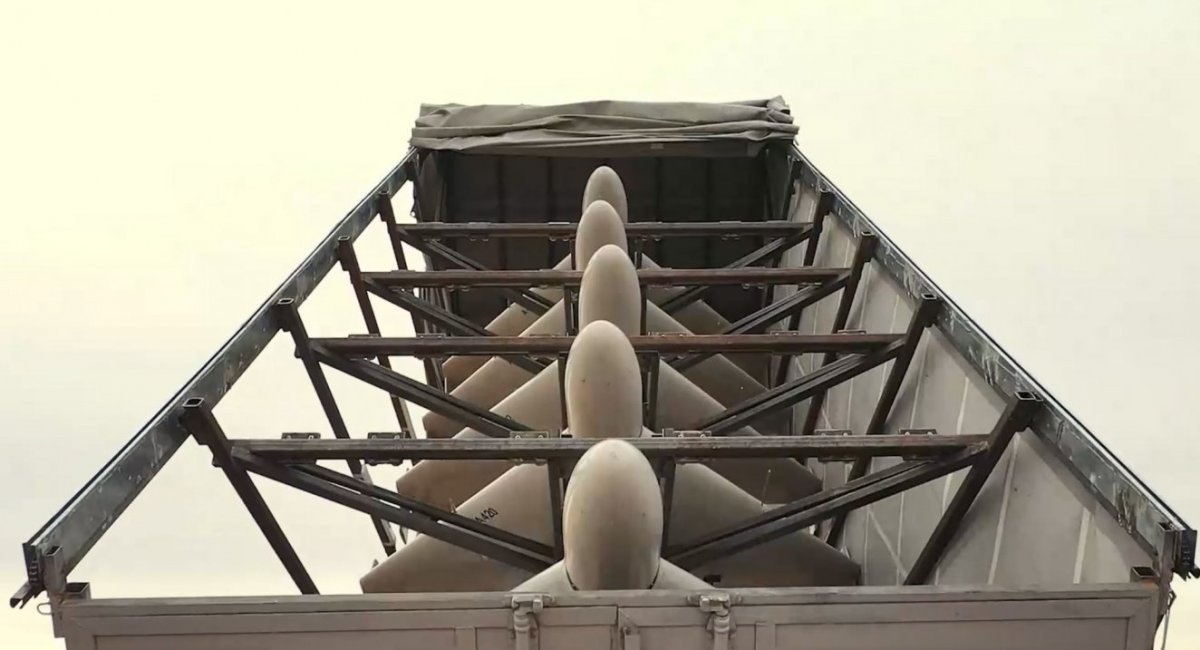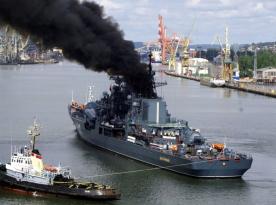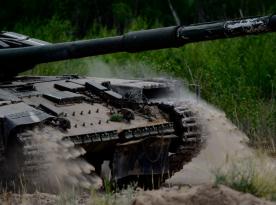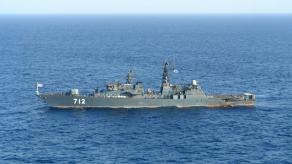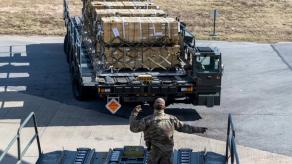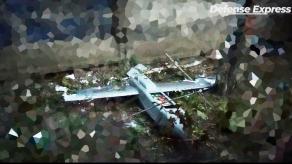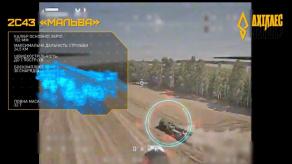After another wave of attacks on Ukraine with kamikaze drones of Shahed-131 and Shahed-136 types, with 30 out of 35 of them shot down by air defense forces of Ukraine, the Ukrainian Military Media Center reminds what is the main danger these drones pose, and it's not just their destructive force.
Even if all the cheap Shahed loitering munitions are taken down, it still exhausts air defense capabilities and compromises the location of the air defense systems. As a reminder, in recent days, russia has received a new batch of Shahed-type munitions from iran, according to Ukrainian officials, about 250 drones in total.
Read more: Russia Got New Batch of Shahed UAVs - Ukrainian Defense Intelligence
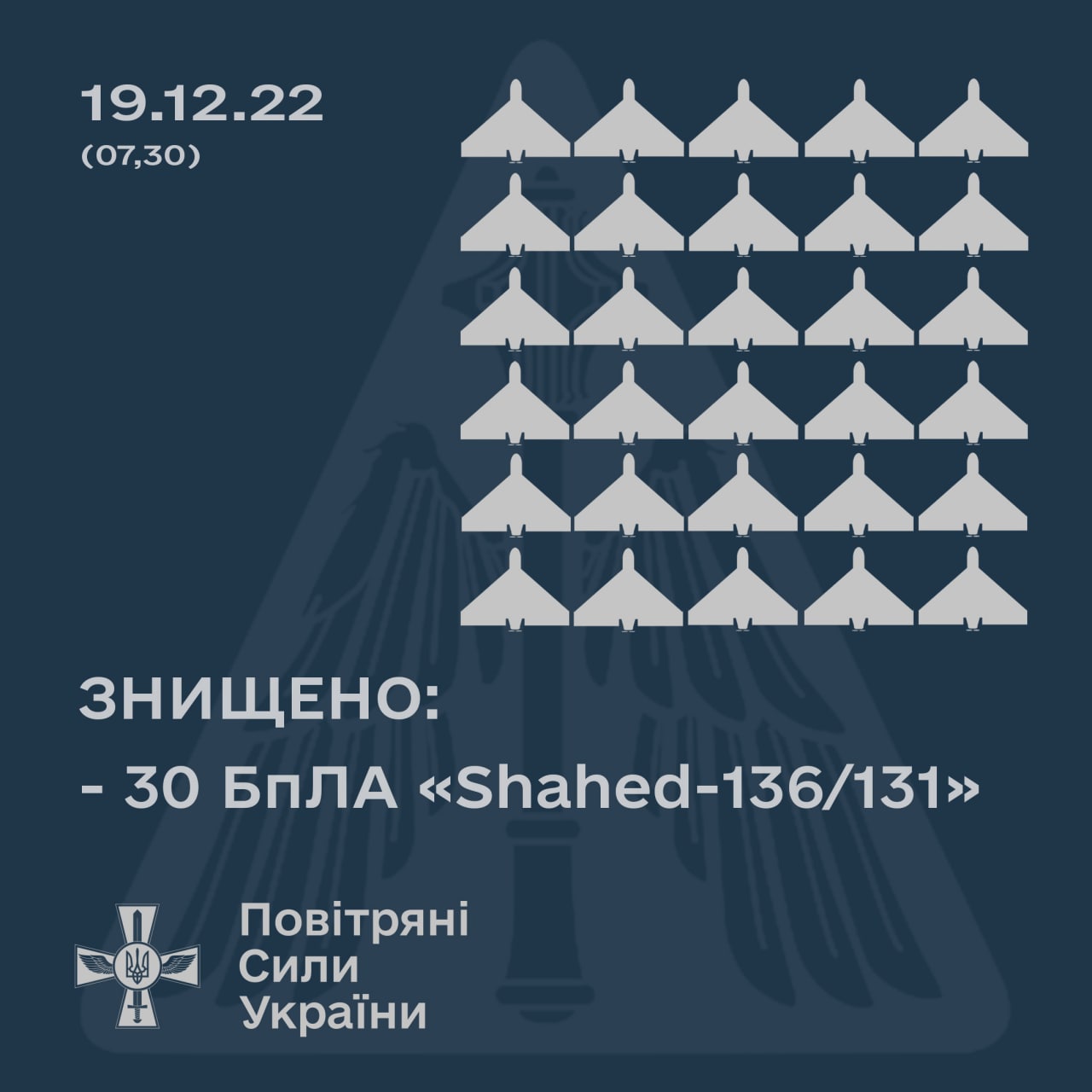
An important rule to adhere to after strikes is to keep quiet about the results of the drone attacks on social media: the less information is spread, the less feedback the russians get. Another factor that makes the adjustment of further strikes difficult is weather conditions.
"Calm weather and clear skies help to recon the targets of a strike. But neither mist nor drizzle does not significantly affect the russian plans for [new] attacks. Satellite reconnaissance in bad weather conditions can be problematic. The weather affects the examination of the results of the strikes and adjustment."
Defense Express also reminds that winter with its low temperatures is no problem either for Shahed drones that can endure temperatures below zero with ease. Though during winter, there may be more "no-fly" days for the Shaheds because of the wind, and the temperature drop can cause empennage to freeze over.
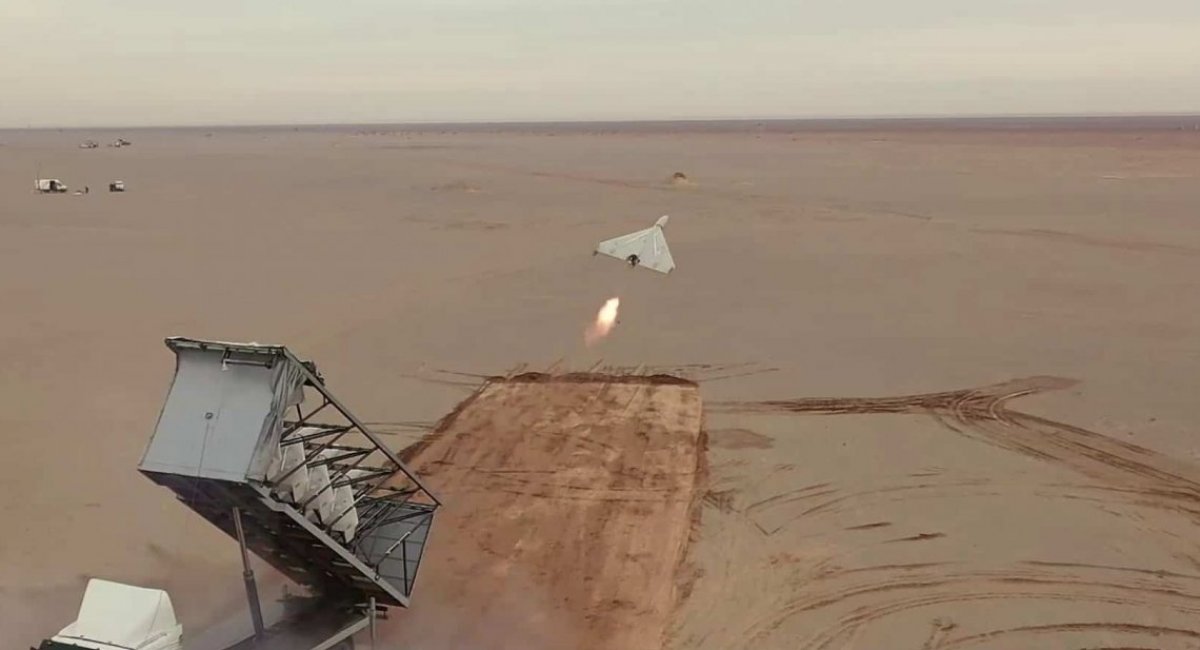
Read more: The Capital of Ukraine under russia’s Iran-Suppied Kamikaze Drones’ Attack - 18 out of 23 UAVs Downed




